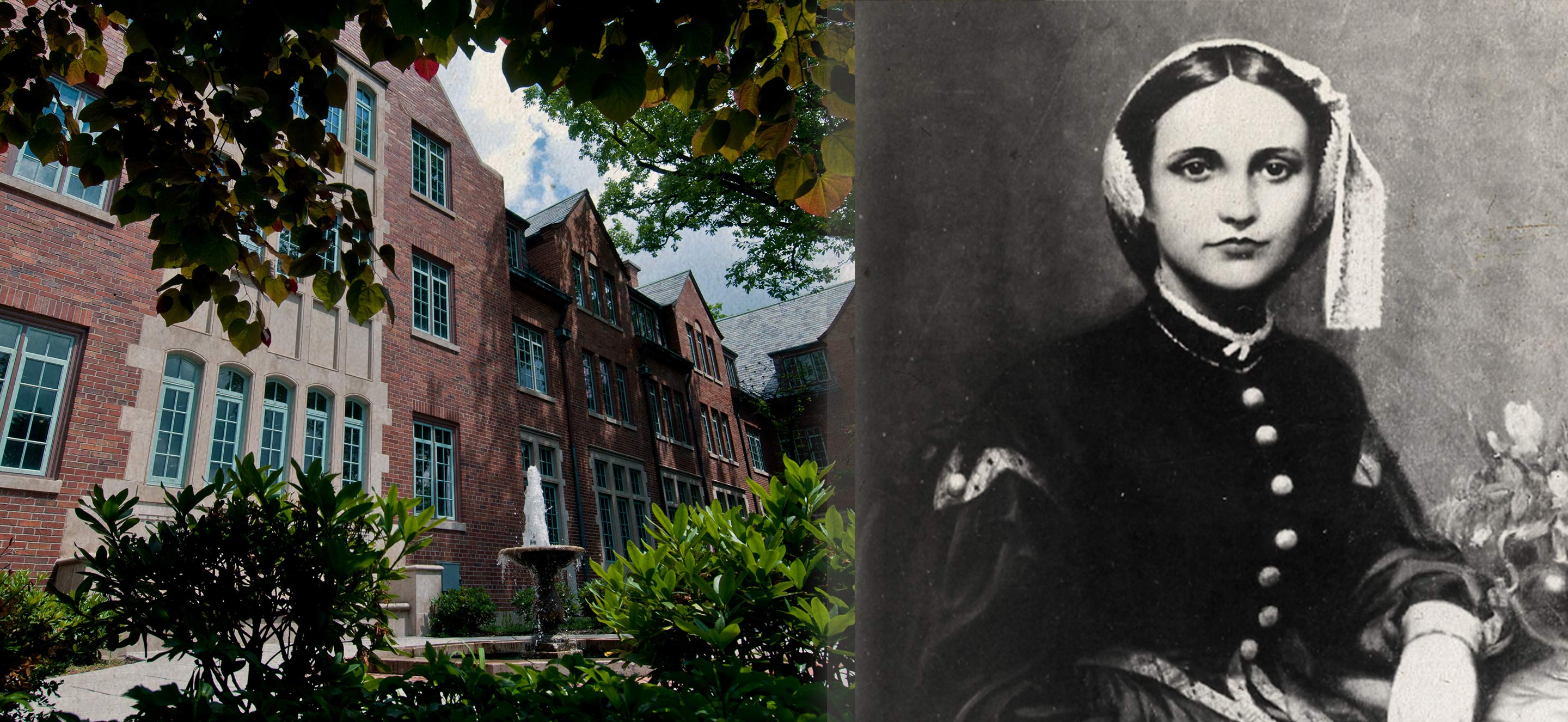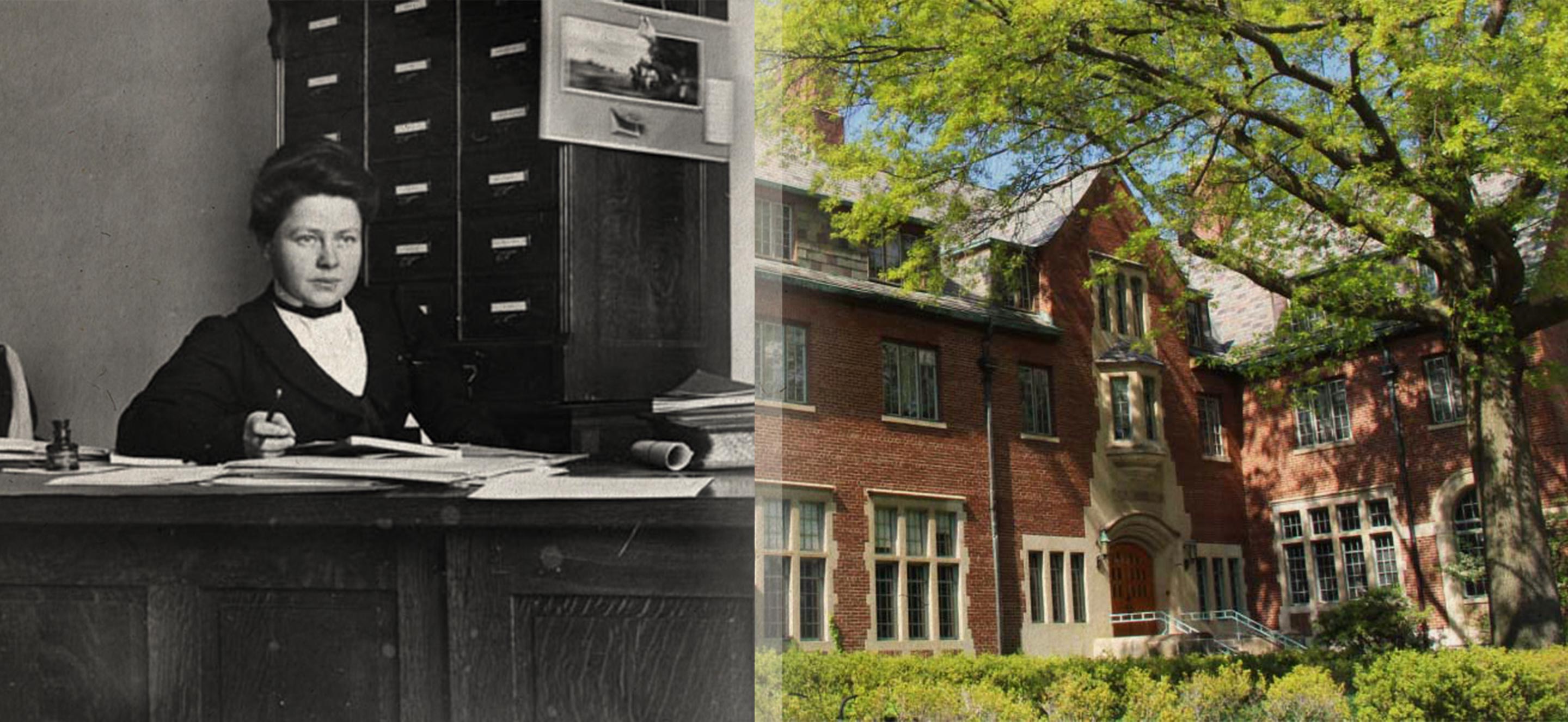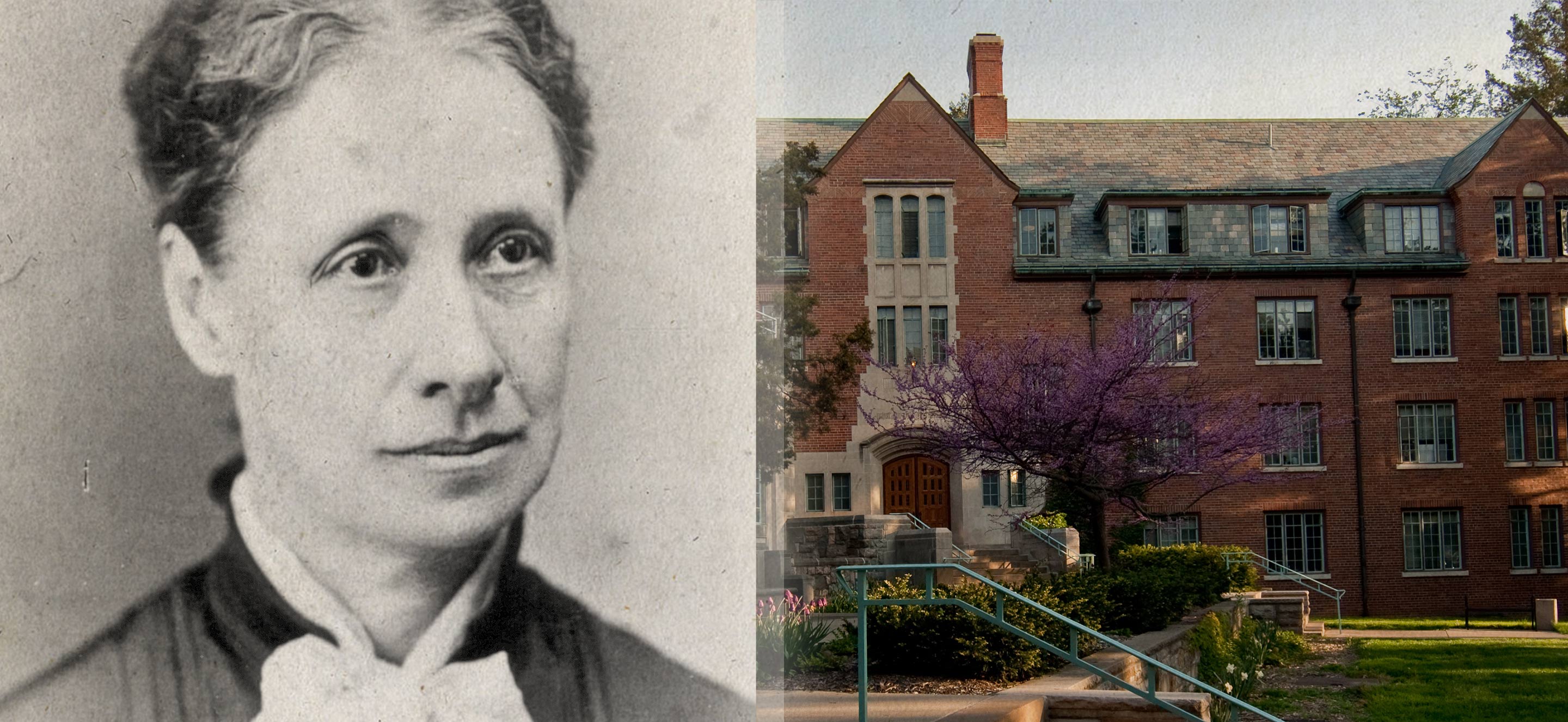Walking through the West Circle neighborhood, with its twisting sidewalks, Gothic architecture and old-style streetlamps, is a reminder of Michigan State University’s early years. Exploring the history of the area’s six residence halls reveals the spirit of the Spartan women for whom they're named.
The six buildings honor the legacies of Spartan women who changed the university's landscape — Mary Mayo, Louise Hathaway Campbell, Linda Landon, Elida Yakeley, Maude Gilchrist and Sarah Langdon Williams. These women paved the way for future Spartan women to discover, create, innovate and advocate.
Mary Mayo
Mary Mayo, leader of Michigan’s rural women and advocate for children, called for the establishment of a women’s course at MSU. She believed the land-grant mission supported equal opportunity to education. Mayo’s determined efforts for the acceptance of women into the college changed the course of MSU history.
After the first women were admitted in 1870, Mayo persisted in convincing the Michigan legislature to provide funds for a women’s residence. Twenty-eight years after the first request, Morrill Hall became the first women’s residence in 1900. Mayo’s advocacy for women to be integrated into residence life paved the way for future generations of successful Spartan women.
She was known as “Mother Mayo” for her supportive and loving demeanor. “I love everybody so much. I have wanted to make life a little easier, a little more enjoyable,” said Mayo. “I wanted to help people to be kinder, truer, sweeter. And there is so much to do.”





